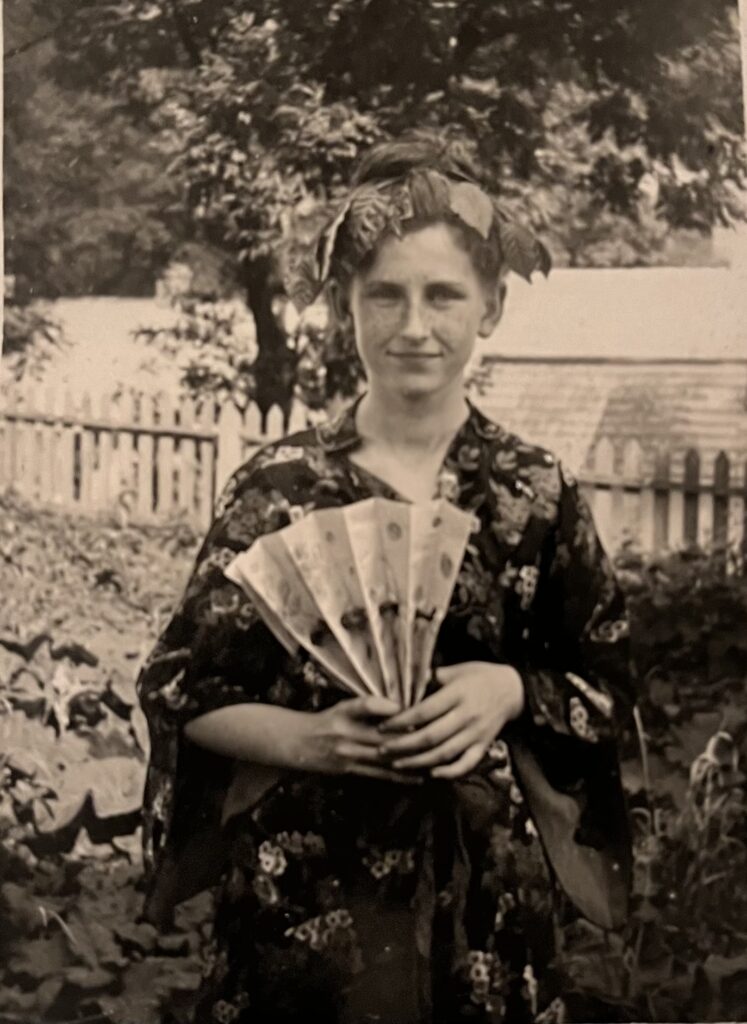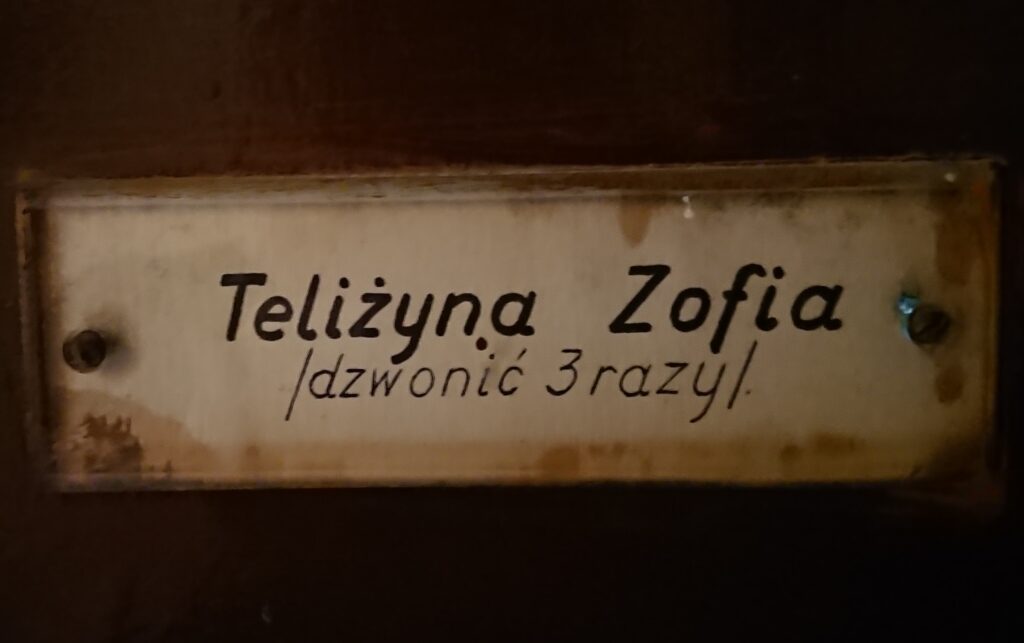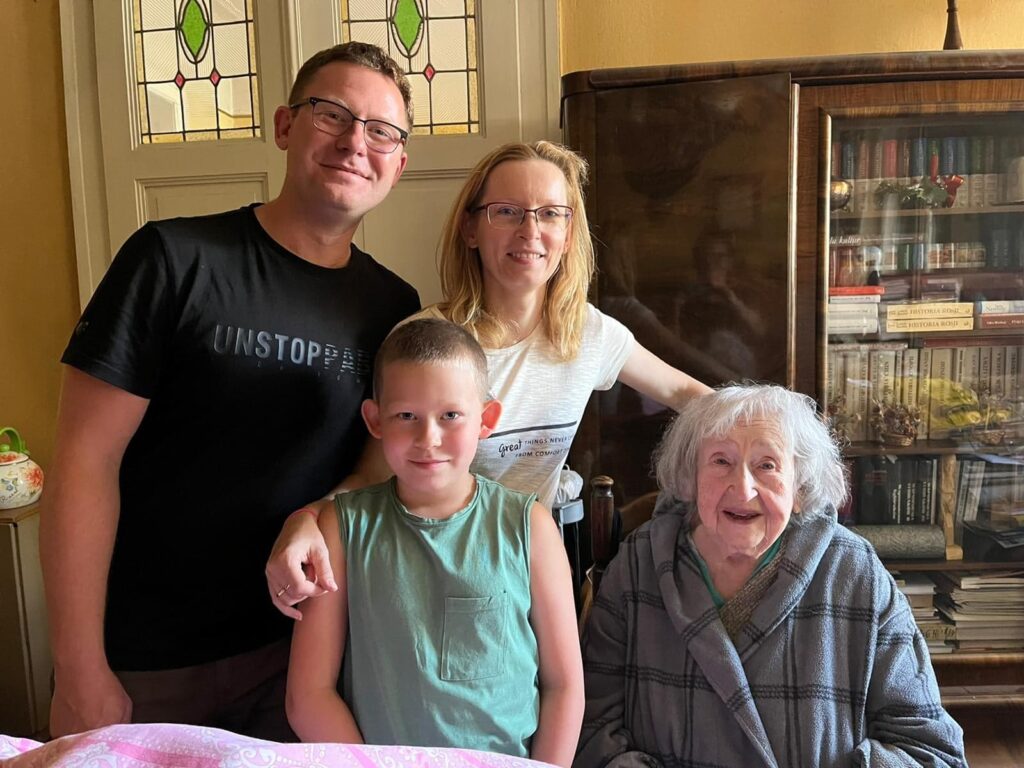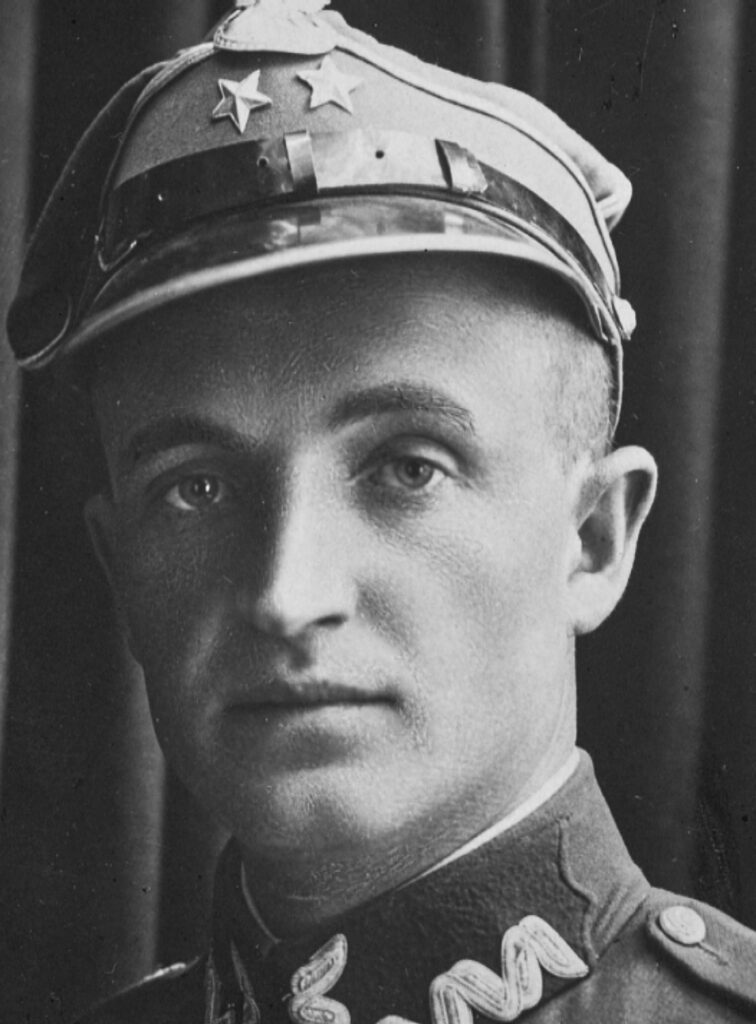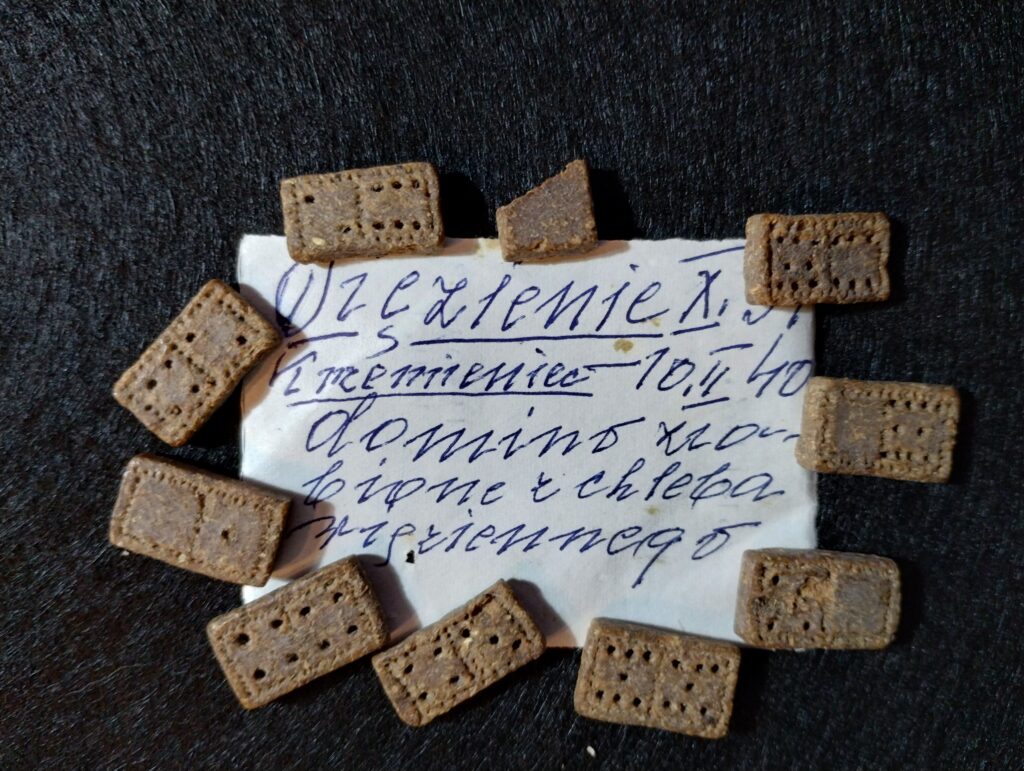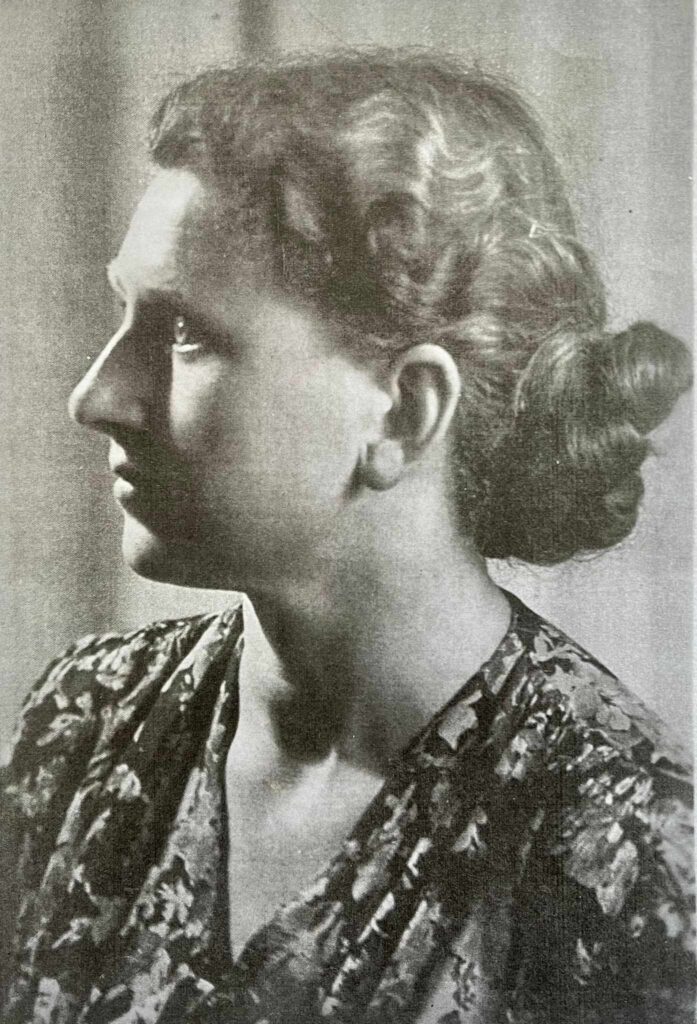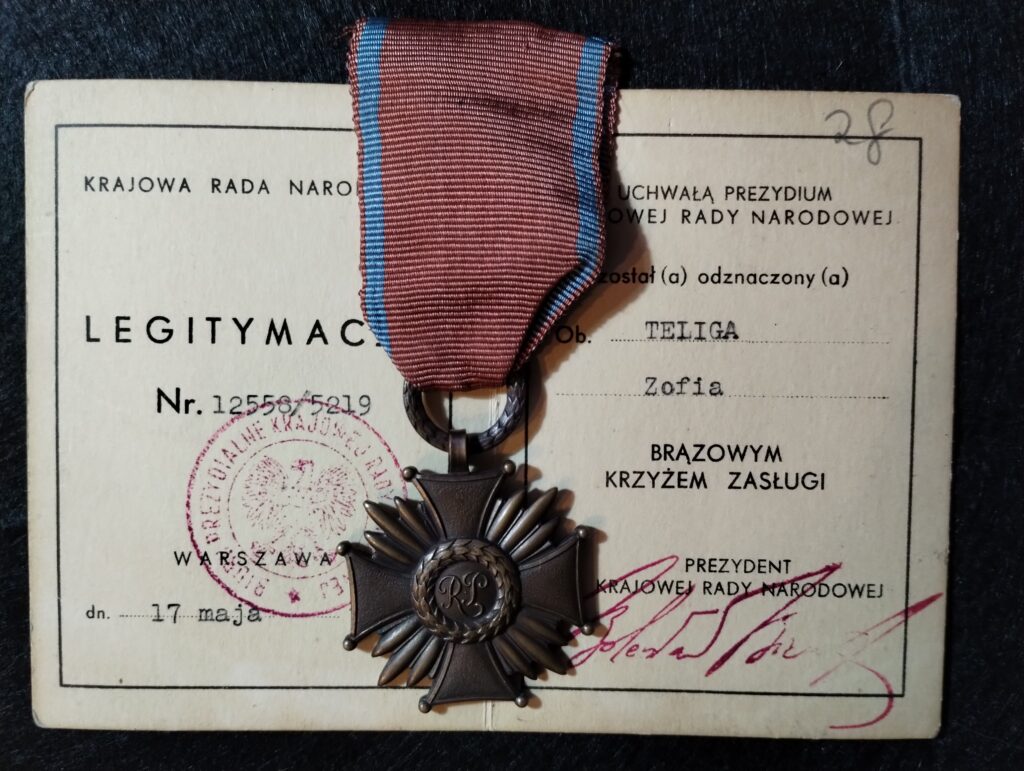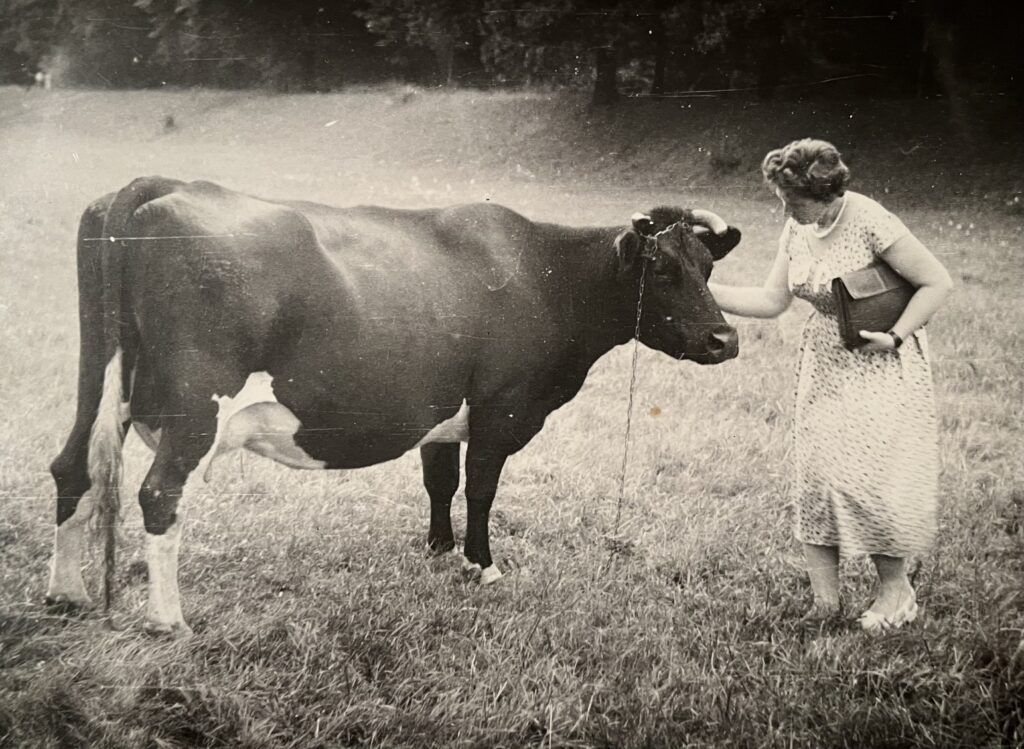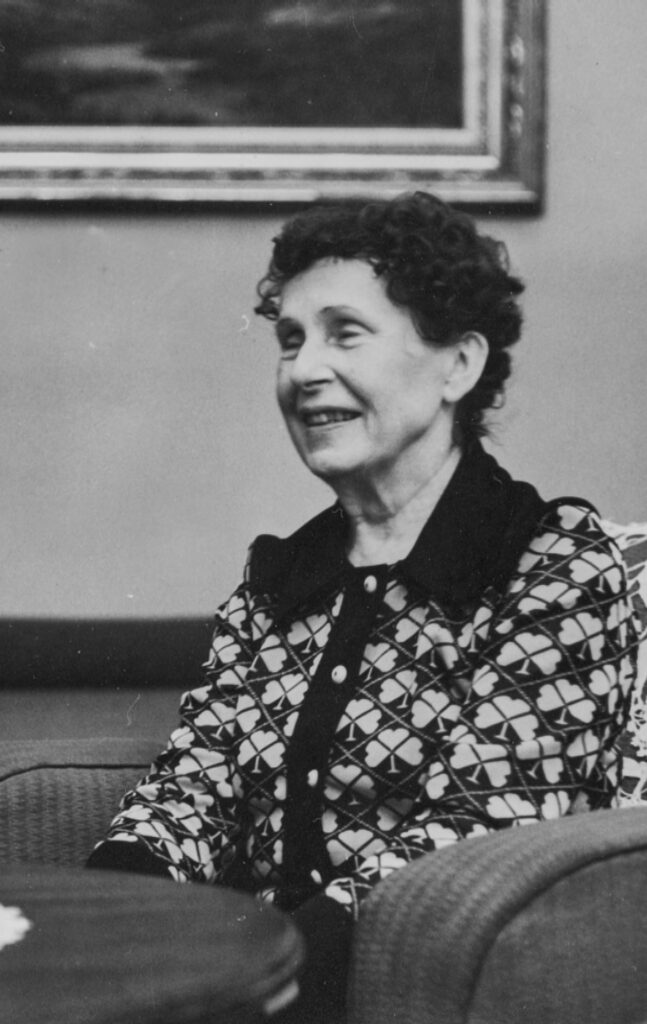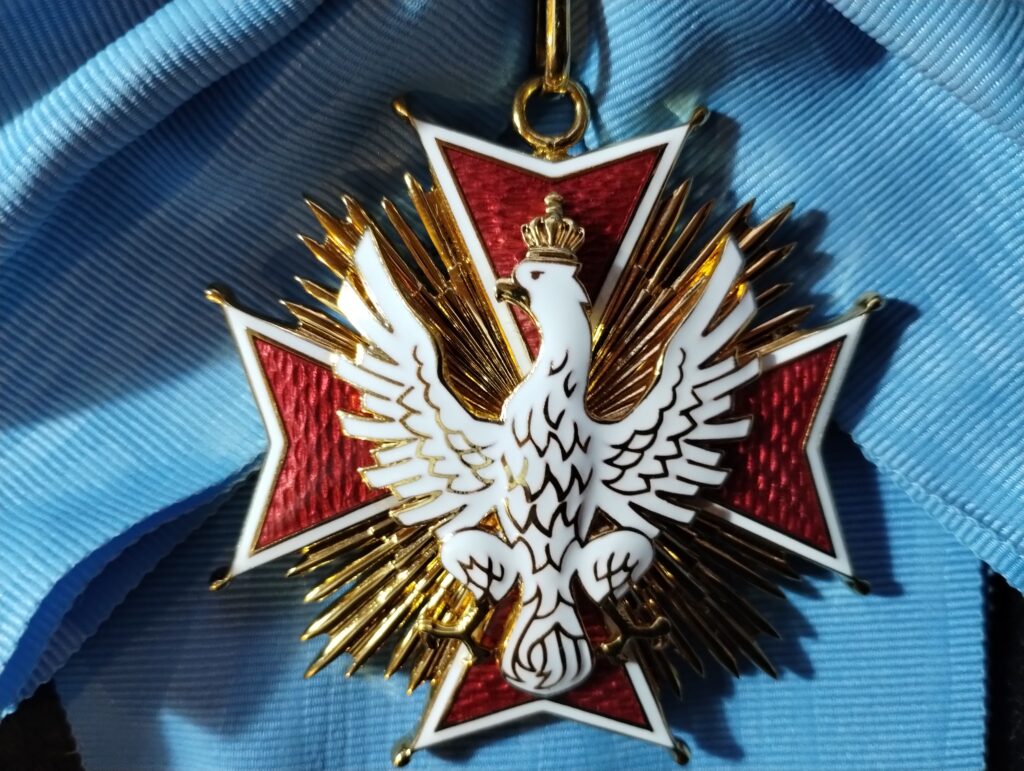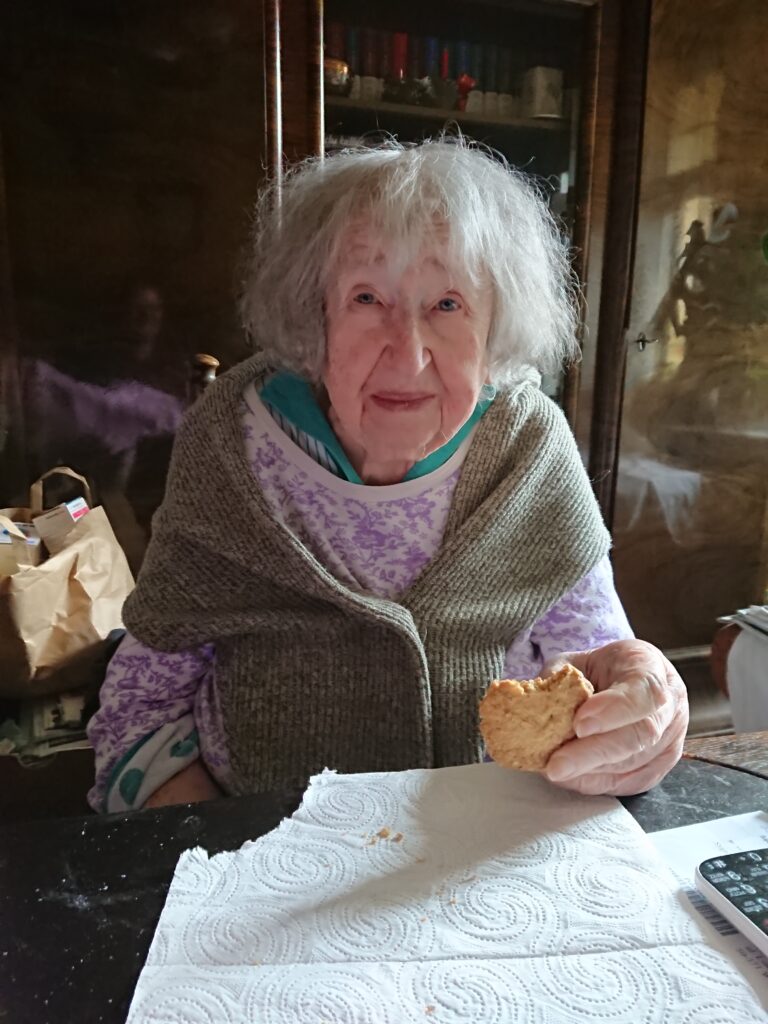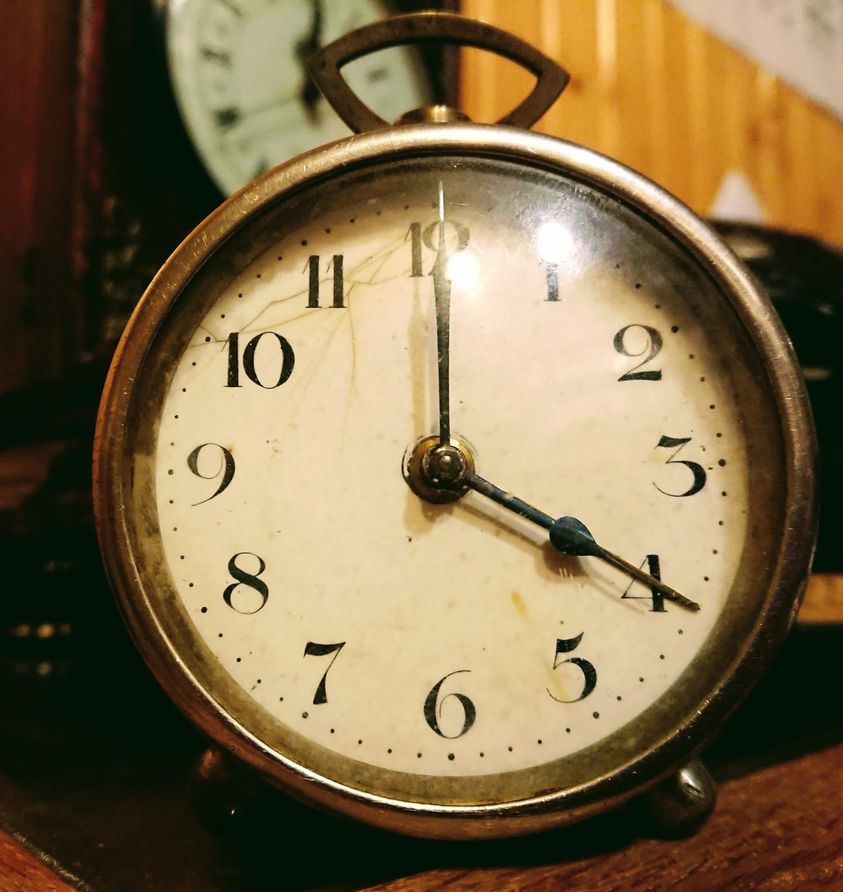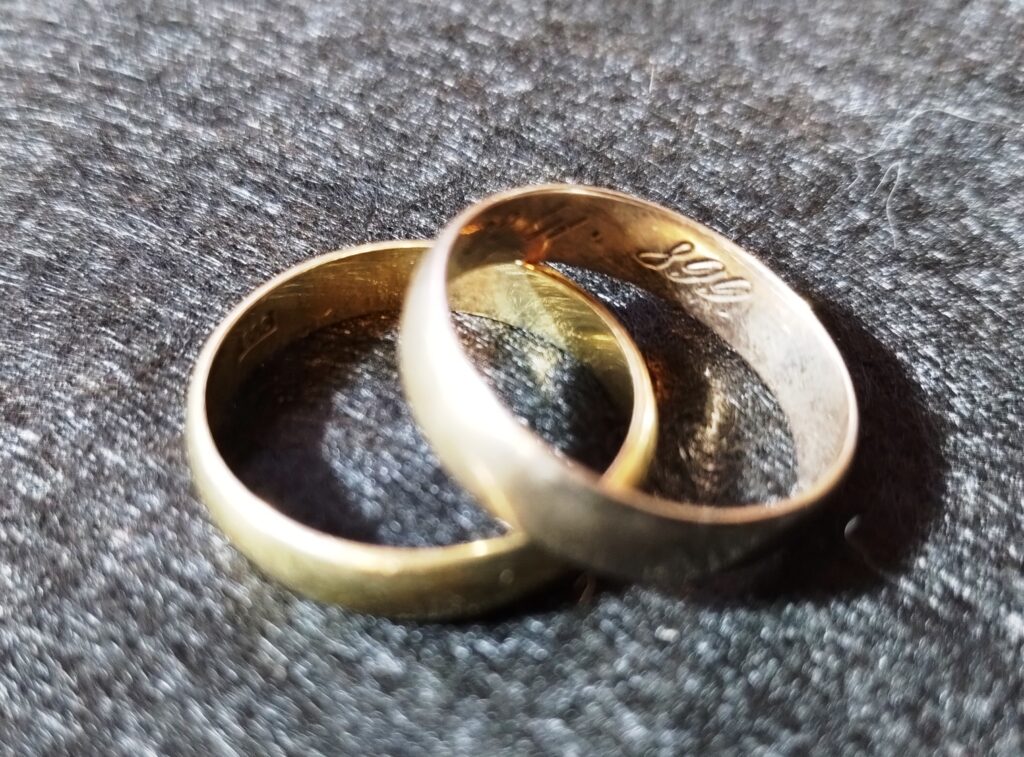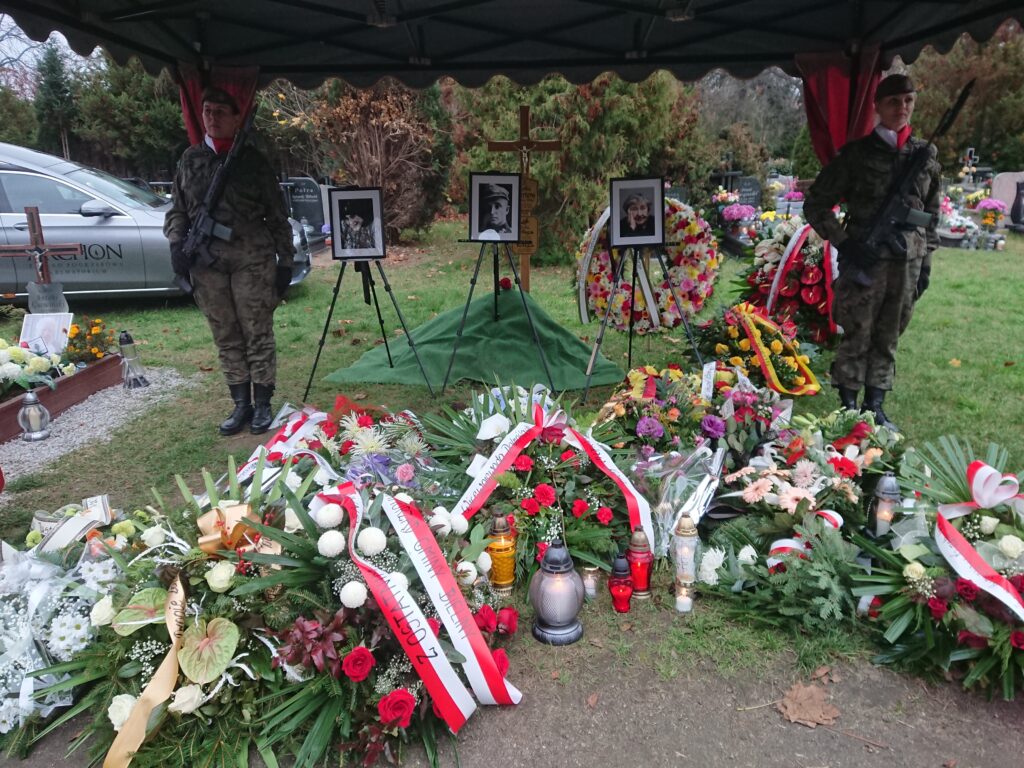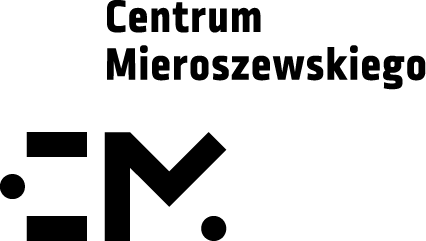Wojciech Marciniak
The story of Zofia Teliga-Mertens, who, did not spare her health and her own money and wanted to open the way to the homeland for Poles in the East. She persistently overcame financial difficulties, procedural problems and the lack of sensitivity of officials. Not everyone understood why what she was doing was important. But Zosia knew that the Poles she brought and provided housing for would give rise to new generations of citizens of the Republic of Poland. Defying the verdicts of history, Zofia Teliga-Mertens lit a light of hope for a return to their homeland for those Poles who, by Stalin’s decision, were never to see it again. In the work of repatriation, she replaced the Polish authorities, who were too passive at that time. By bringing these people, she changed their fate dictated by Stalinist verdicts on deportations, exiles and prisons. Approximately 200 people returned to Poland thanks to her and had a chance to live and develop among their compatriots.
Read the text in Polish here: https://swiatsybiru.pl/pl/zapalila-swiatlo-nadziei-niezwykle-losy-dr-zofii-teligi-mertens-i-jej-rodziny/

